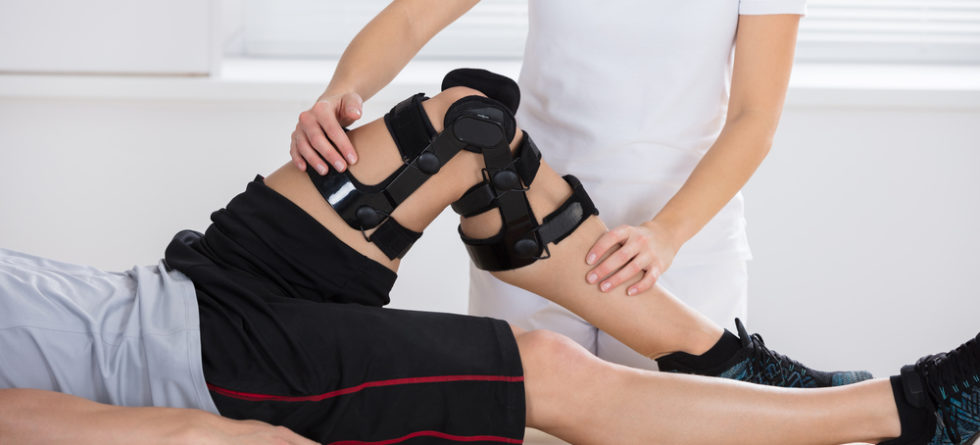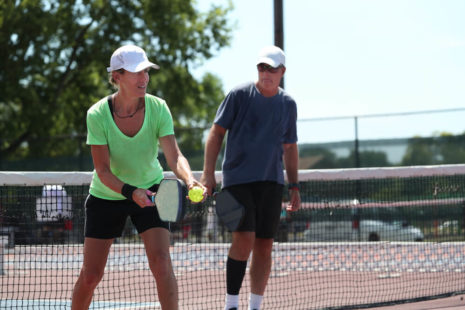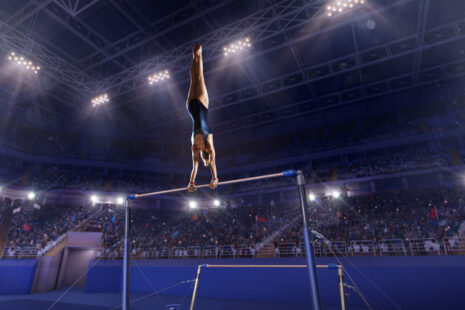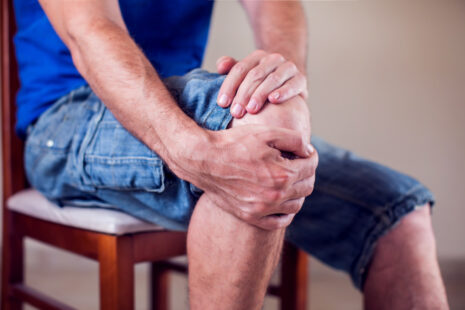Rehabilitation following an ACL (anterior cruciate ligament) injury and ACL reconstruction surgery typically involves several stages. The specific stages and their duration can vary depending on individual factors, including the surgical technique used and the patient’s progress.
Below are the general stages of ACL rehab…
- Prehabilitation (Pre-Surgery Stage)
- Goal – Prepare the knee for surgery and reduce post-operative complications.
- Activities – This stage typically involves exercises to control pain and swelling, regain knee range of motion, and strengthen the quadriceps and hamstring muscles. Prehabilitation can help improve surgical outcomes and ease the transition to post-surgery rehab.
- Immediate Post-Surgery (0–2 Weeks)
- Goal – Control pain, swelling, and inflammation, and protect the surgical site.
- Activities – During this stage, the focus is on managing pain and swelling. Patients may use crutches and a knee brace. Range of motion exercises are initiated, and weight-bearing is limited as directed by the surgeon. Gait training (learning to walk with crutches or assistive devices) is introduced.
- Early Rehabilitation (2–6 Weeks)
- Goal – Restore range of motion, strengthen muscles, and regain normal gait.
- Activities – The emphasis is on gradually regaining the knee range of motion, strengthening the quadriceps and hamstring muscles, and improving gait and walking patterns. Balance and proprioception exercises may be introduced, and activities may become more functional.
- Intermediate Rehabilitation (6–12 Weeks)
- Goal – Continue strength and range of motion gains and prepare for more demanding activities.
- Activities – The rehabilitation program becomes more challenging. Exercises to improve strength, stability, and proprioception are emphasized. Plyometric exercises, such as jumping and landing, may be introduced to prepare for a return to sports or higher-impact activities.
- Advanced Rehabilitation (3-6 Months)
- Goal – Prepare for a return to sport or high-impact activities.
- Activities – This stage includes sport-specific training, agility drills, and an emphasis on functional activities. Individuals work to regain their pre-injury strength and movement patterns. A return to sport is considered during this stage.
- Return to Play (6–9 Months)
- Goal – Safely return to sport or high-impact activities.
- Activities – The focus is on ensuring that the individual is physically and psychologically prepared to return to their specific sport or activity. A structured, sport-specific training program is followed.
It’s important to remember that ACL rehabilitation is highly individualized. Progress through these stages depends on the patient’s specific condition, the surgical technique used, and the guidance of the surgeon and physical therapist. It’s crucial to follow the recommendations of your healthcare provider and physical therapist to ensure a safe and successful recovery. Returning to sports or high-impact activities should be approached cautiously and only when you’ve met specific criteria and received medical clearance.




